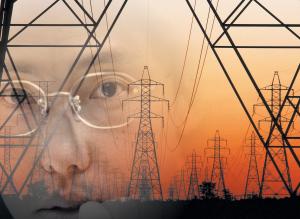Cooperation and coordination will help the United States avoid an energy-policy confrontation.
Michael T. Burr is editor-at-large for Public Utilities Fortnightly.
Deep underground, at a coal mine near China’s border with Siberia, coal-dust levels were building up to critical levels. The pit’s ventilation systems, stressed even in the best of conditions, fell behind as miners dug faster and deeper to meet the country’s soaring demands for coal.

Then, in late November 2005, the inevitable happened; a spark ignited the coal dust, and an explosion ripped through the mine. More than 170 lives were lost in the blast and the collapse that followed.
The Dongfeng mine disaster, unfortunately, was just one of a stream of deadly mining accidents in China’s coal industry. Indeed, even as the Dongfeng rescue operation was proceeding, a mine in Henan province flooded, trapping more than 40 workers. And a few days later, an explosion in Hebei province killed 74 miners.
Deadly coal-mining accidents happen almost every day in China. The central government in Beijing estimates that 6,000 workers were killed in mining accidents in 2004; independent organizations put the number much higher, at more than 20,000. Either way, these numbers indicate a crisis in China’s coal-mining industry, a crisis that the central government is seeking to address by tightening safety standards and closing thousands of unsafe mines, mostly small ones that operate with little government oversight.

